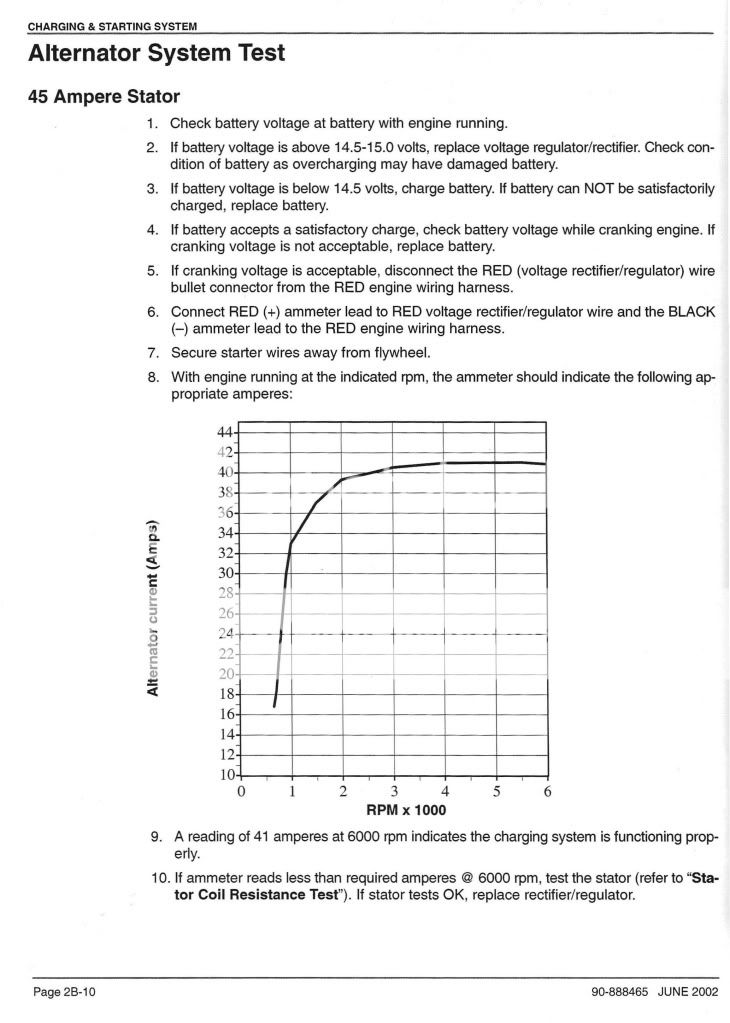sorry about coming so late to this party.
i have an on/off for the battery that is used for starting; a second on/off this is used for the 2 batteries that run 'the house'; and a third switch that combines all batteries (have never had a need to use this one).
engine battery is always isolated from the house draw using this system. house batteries charge via the engine alternators but as already pointed out, you have to have some RPM for this charging to be effective.
boat also has float/chargers (2) which keep all batteries at float levels which makes them happy and last far longer.
i have an on/off for the battery that is used for starting; a second on/off this is used for the 2 batteries that run 'the house'; and a third switch that combines all batteries (have never had a need to use this one).
engine battery is always isolated from the house draw using this system. house batteries charge via the engine alternators but as already pointed out, you have to have some RPM for this charging to be effective.
boat also has float/chargers (2) which keep all batteries at float levels which makes them happy and last far longer.


